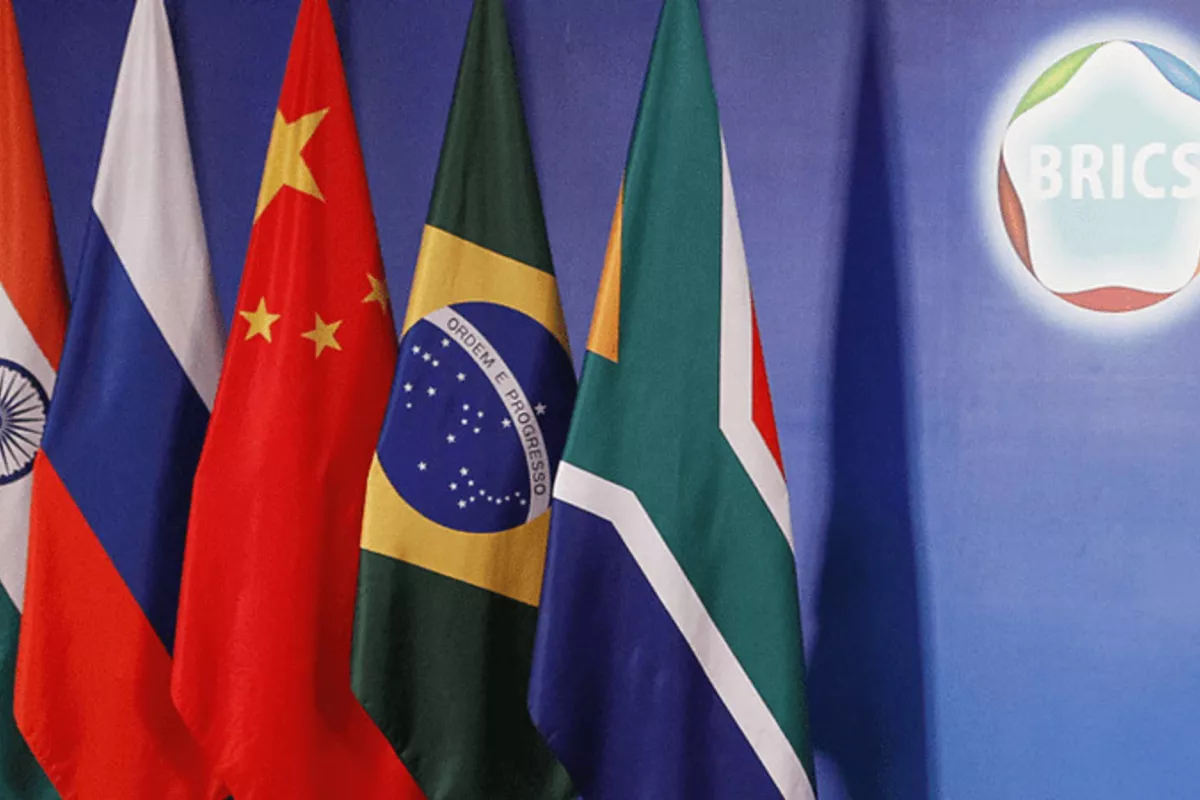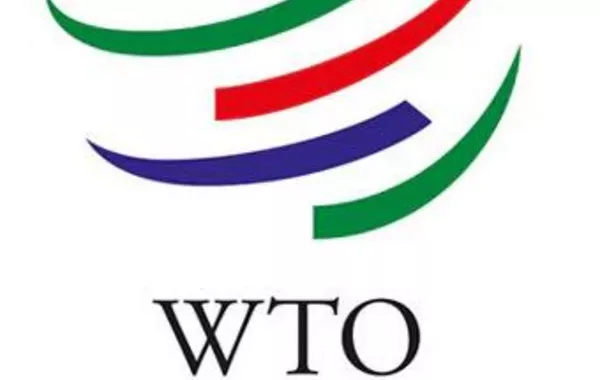
As global geopolitics fractures into an increasingly multipolar order, the binary logic of “with us or against us” is eroding. For small and mid-sized states, the central challenge is no longer which bloc to join, but how to extract value from many without falling into the orbit of any.
Among those charting this new course with unusual coherence is Uzbekistan-a landlocked nation at the crossroads of Eurasia that is quietly emerging as a template for strategic non-alignment in the twenty-first century, The Caspian Post reports citing The National Interest.
At the seventeenth BRICS+ Summit in Brazil this July, Uzbekistan was granted official partner country status-alongside nations such as Kazakhstan, Nigeria, and Malaysia-marking a milestone in its broader strategy of pragmatic engagement. This move followed its accession to the BRICS+ New Development Bank (NDB) in June 2025, unlocking a $5 billion investment package for the modernization of irrigation systems, expansion of the mining sector, public-private education partnerships, and infrastructure development. Notably, Uzbekistan is the only Central Asian state currently represented in both the NDB and the BRICS+ partner circle.
Yet, Tashkent’s BRICS+ engagement is deliberately non-ideological. Partner status offers access to high-level summits and technical coordination, while avoiding the geopolitical entanglements associated with full membership. This is not a pivot away from the West-it is a calculated extension of Uzbekistan’s broader foreign policy doctrine: diversifying development finance, expanding diplomatic reach, and maximizing economic leverage while preserving strategic autonomy.
Unlike the transactional bandwagoning seen in some capitals, Uzbekistan’s approach reflects something more ambitious: an institutional choreography that weaves together cooperation with the United States (through the C5+1 platform), accession talks with the World Trade Organization, investment agreements with the European Union, and deepening ties with China, the Gulf States, South Korea, and now BRICS+. The message is clear: Uzbekistan does not align-it engages.
This balancing act is not unprecedented. Cold War-era non-aligned states similarly sought maneuvering space amid bipolar pressures. What distinguishes Uzbekistan today is the consistency, timing, and depth of its engagement. It is acting at a moment when global governance institutions are gridlocked, great power competition is intensifying, and the Global South is demanding more voice and capital. In this fluid environment, Tashkent is positioning itself not as a swing state but as a “bridge state”-a role more often associated with middle powers like Turkey or Indonesia.
But the costs of multipolar balancing are rising. BRICS+-especially after the induction of Iran, Egypt, and Ethiopia and growing speculation about de-dollarization-is increasingly viewed in Washington as a challenger to US global primacy. President Trump’s call for a 10 percent tariff on countries “supporting anti-American BRICS policy” is emblematic of this zero-sum framing. Even if Uzbekistan’s involvement is development-focused, the optics of its affiliation with BRICS+ may prove damaging if not carefully managed.
For this reason, both Tashkent and Washington have strategic incentives to stay engaged. Uzbekistan remains a linchpin of US regional policy in Central Asia, a candidate for WTO integration, and a recipient of the US International Development Finance Corporation (DFC) and other mechanisms. Rather than penalizing pragmatic actors exploring multiple partnerships, the United States would be wise to double down on strategic engagement, recognizing that multipolarity demands flexible partnerships, not rigid alliance thinking.
For Tashkent, the key will be to sustain its non-aligned posture without appearing evasive. That requires proactive communication: making clear that cooperation with BRICS+ and other emerging institutions is driven by national development imperatives, not bloc politics. Maintaining transparency, adhering to global standards (like ESG, the rule of law, and investor protections), and continuing reforms will also help buffer against reputational fallout and safeguard its strategic autonomy. By presenting its partnerships as complementary rather than confrontational, Uzbekistan can mitigate geopolitical misreadings and preserve the maneuverability it has so carefully cultivated.
In a world no longer defined by rigid alliances but rather dynamic interdependence, Uzbekistan may indeed be setting the standard for how other small and mid-sized states can operate with agility, purpose, and independence. Whether in Southeast Asia, the Caucasus, or East Africa, many countries are seeking ways to diversify their partnerships, build resilience, and assert their agency without becoming pawns in great-power games. Uzbekistan, by carefully choreographing engagement across competing poles, shows that this is not only possible but necessary for future prosperity.
Share on social media
